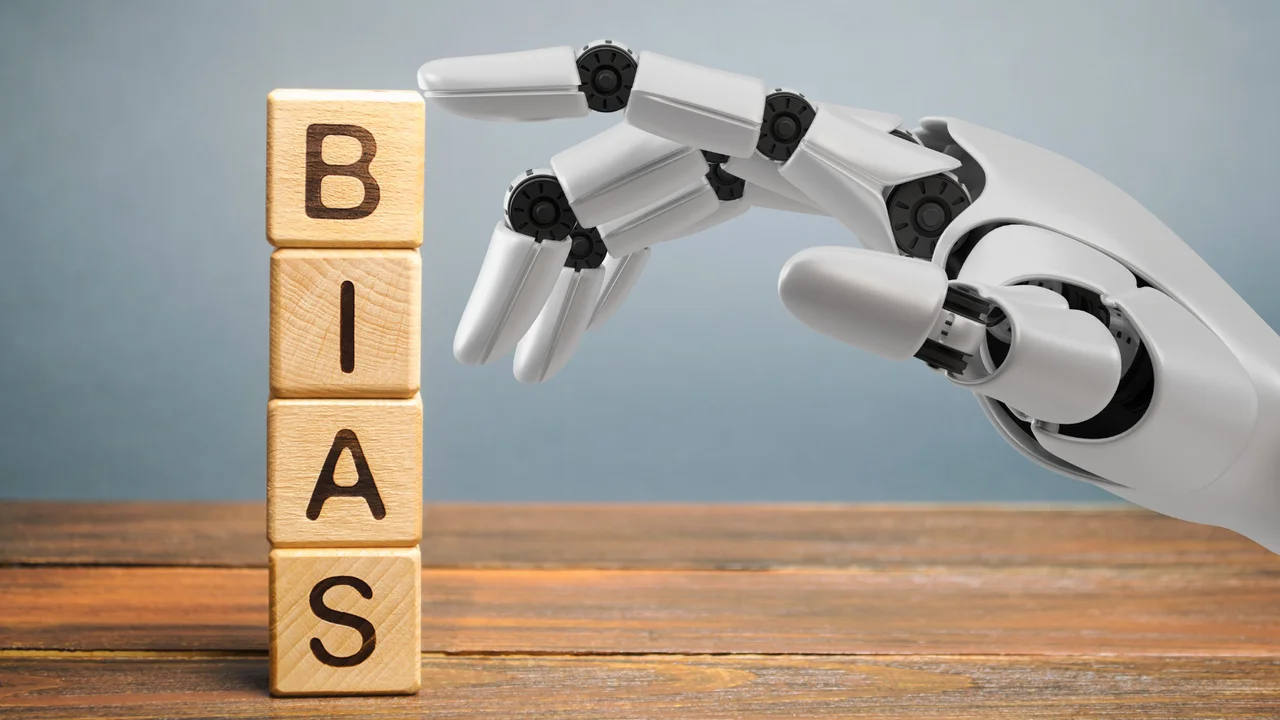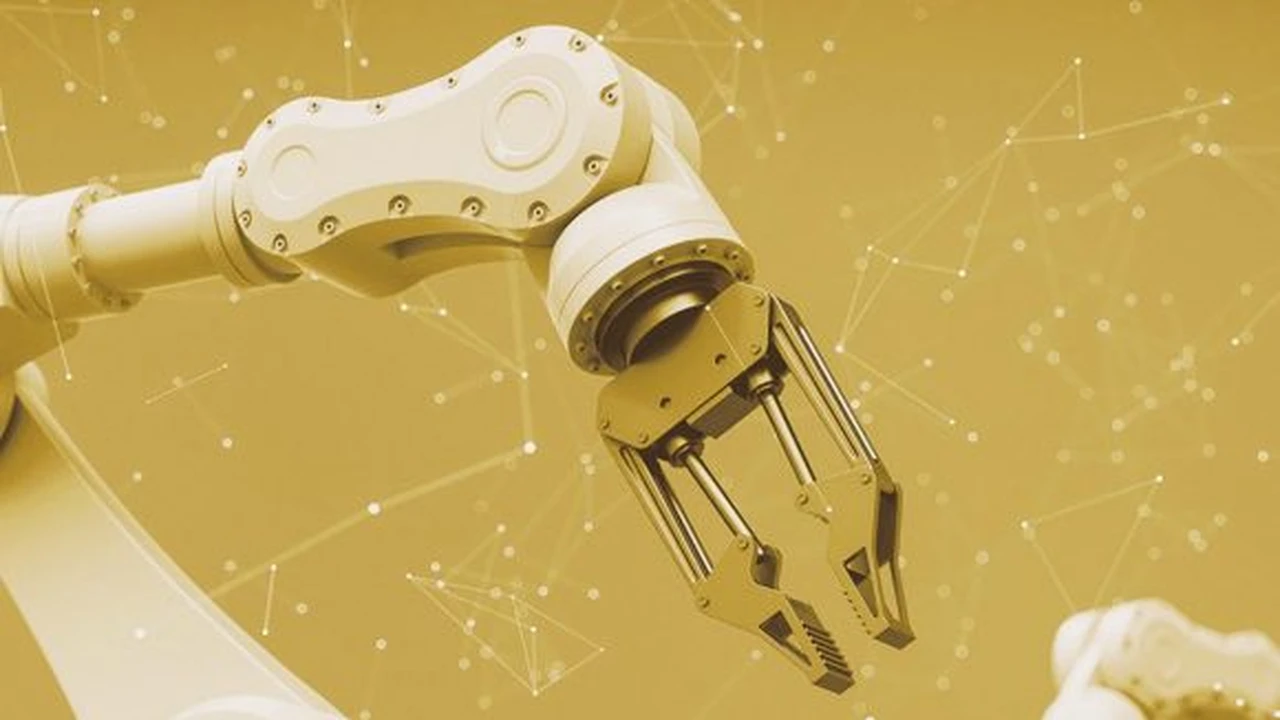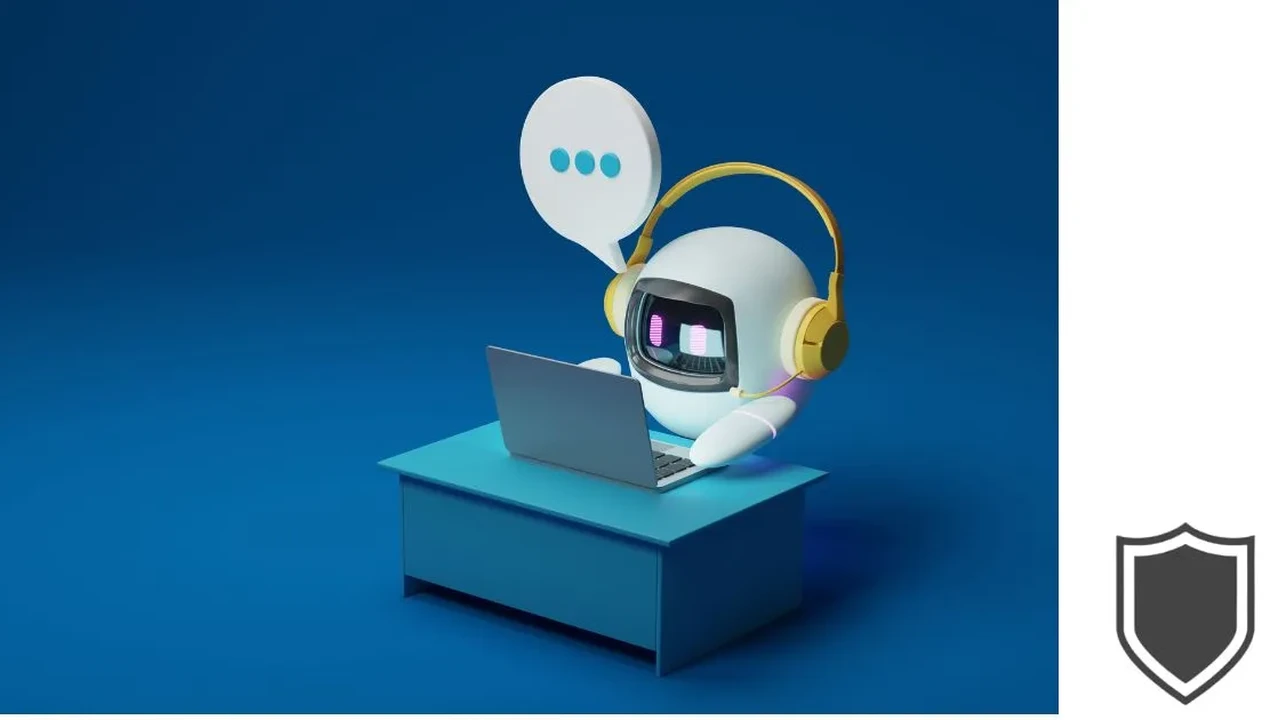Bias in AI Algorithms Understanding and Mitigation
Examine the sources of bias in AI and strategies for developing more fair and equitable AI systems.

Bias in AI Algorithms Understanding and Mitigation
Understanding AI Bias What It Is and Why It Matters
Alright, let's talk about something super important in the world of AI: bias. You hear about it a lot, especially when AI systems make decisions that seem unfair or just plain wrong. So, what exactly is AI bias? Simply put, it's when an AI system produces outcomes that are systematically prejudiced or unfair towards certain groups of people. This isn't because the AI woke up one day and decided to be mean; it's usually a reflection of the data it was trained on, the way it was designed, or even the assumptions made by the people who built it. Think of it like this: if you teach a kid using only examples from one specific group, they might struggle to understand or interact fairly with other groups. AI is kind of the same.
Why does this matter? Well, AI is getting integrated into pretty much every aspect of our lives. From deciding who gets a loan, who gets hired, who gets medical treatment, or even who gets arrested, AI's influence is growing. If these systems are biased, they can perpetuate and even amplify existing societal inequalities. This isn't just about fairness; it's about trust, legal implications, and the overall effectiveness of AI. If people don't trust AI, they won't use it, and its potential benefits will be lost. Plus, there are serious legal and ethical repercussions for companies deploying biased AI.
Sources of AI Bias Where Does It Come From
So, where does this pesky bias creep in? It's not always obvious, but there are several common culprits. Understanding these sources is the first step to fixing the problem.
Data Bias The Root of Many Problems
This is probably the biggest one. AI models learn from data, and if that data is biased, the AI will learn those biases. There are a few ways data can be biased:
- Historical Bias: Our world has historical biases. If you train an AI on historical data that reflects past discrimination (e.g., hiring data where certain demographics were historically overlooked), the AI will learn to replicate that discrimination. It's not creating new bias; it's just reflecting what it sees.
- Selection Bias: This happens when the data collected doesn't accurately represent the real world. Maybe you only collected data from a specific region, age group, or socioeconomic status. If your AI is then used globally, it might perform poorly or unfairly for underrepresented groups.
- Measurement Bias: Sometimes, the way data is measured or labeled can introduce bias. For example, if a diagnostic tool is primarily tested on one demographic, its accuracy might be lower for others.
- Annotation Bias: When humans label data for AI training, their own biases can seep in. If annotators consistently label certain behaviors or images in a prejudiced way, the AI will pick up on that.
Algorithmic Bias How Models Can Amplify Issues
Even with seemingly unbiased data, the algorithms themselves can introduce or amplify bias. This often happens due to:
- Algorithm Design Flaws: The way an algorithm is designed can inadvertently favor certain outcomes. For instance, if an algorithm prioritizes efficiency over fairness, it might make decisions that are faster but less equitable.
- Feature Selection Bias: The features (or variables) chosen to train an AI model can be problematic. If certain features are proxies for sensitive attributes (like zip code acting as a proxy for race or income), the AI might indirectly discriminate.
- Optimization Bias: AI models are optimized to achieve specific goals (e.g., maximize prediction accuracy). If the optimization metric doesn't account for fairness across different groups, the model might achieve high overall accuracy but perform poorly or unfairly for minority groups.
Human Bias in Development and Deployment The People Factor
Let's not forget the humans in the loop! The people who design, develop, and deploy AI systems bring their own perspectives and biases. This can manifest as:
- Lack of Diversity in Development Teams: If AI development teams lack diversity, they might inadvertently overlook potential biases or fail to consider the impact of their AI on diverse user groups.
- Problem Framing Bias: The way a problem is defined and framed can introduce bias. If the problem is framed in a way that implicitly favors certain outcomes or groups, the AI solution will reflect that.
- Deployment and Usage Bias: Even a well-designed AI can be used in biased ways. How an AI's recommendations are interpreted or acted upon by human users can introduce bias.
Mitigating AI Bias Strategies for Fairer AI Systems
Okay, so we know where bias comes from. Now, what can we do about it? Mitigating AI bias is a multi-faceted challenge, but there are concrete steps we can take.
Data-Centric Approaches Cleaning Up the Input
Since data is a major source of bias, focusing on data quality is crucial:
- Data Collection and Curation: Actively seek out diverse and representative datasets. This might mean collecting new data, augmenting existing datasets, or carefully sampling to ensure all relevant groups are adequately represented.
- Bias Detection in Data: Use statistical methods and visualization tools to identify biases in your training data before feeding it to the AI. Look for imbalances, correlations with sensitive attributes, and historical patterns of discrimination.
- Data Augmentation and Re-sampling: If certain groups are underrepresented, techniques like oversampling (duplicating data points for minority groups) or synthetic data generation can help balance the dataset.
- Fairness-Aware Data Preprocessing: Algorithms can be applied to data to reduce bias before training. For example, 'reweighing' data points to give more importance to underrepresented groups.
Algorithmic Approaches Building Fairer Models
Beyond the data, we can design and train algorithms to be more fair:
- Fairness Metrics: Define and use specific fairness metrics during model training and evaluation. This could include 'demographic parity' (equal positive outcome rates across groups), 'equalized odds' (equal true positive and false positive rates), or 'individual fairness' (similar individuals receive similar outcomes).
- Bias-Aware Algorithms: Develop or use algorithms specifically designed to mitigate bias. Some algorithms incorporate fairness constraints directly into their optimization process.
- Post-Processing Techniques: Even after a model is trained, you can adjust its predictions to improve fairness. For example, setting different decision thresholds for different groups to achieve parity.
- Explainable AI (XAI): Make AI models more transparent. If you can understand why an AI made a certain decision, it's easier to identify and correct biases. Tools like LIME or SHAP can help explain individual predictions.
Human-Centric Approaches The Importance of People and Processes
Technology alone isn't enough. Human oversight and ethical considerations are paramount:
- Diverse AI Teams: Foster diversity in AI development teams. Different perspectives help identify potential biases and ensure the AI serves a broader user base.
- Ethical AI Guidelines and Principles: Establish clear ethical guidelines for AI development and deployment within your organization. This provides a framework for decision-making.
- Regular Auditing and Monitoring: Continuously monitor deployed AI systems for bias. Bias can emerge over time as data distributions change or as the AI interacts with real-world scenarios. Regular audits are essential.
- Stakeholder Engagement: Involve affected communities and stakeholders in the design and evaluation of AI systems. Their input can provide crucial insights into potential biases and unintended consequences.
- Education and Training: Educate AI developers, data scientists, and decision-makers about AI bias, its sources, and mitigation strategies.
Tools and Frameworks for Bias Mitigation Practical Solutions
Good news! You don't have to build everything from scratch. There are a growing number of open-source tools and commercial platforms designed to help detect and mitigate AI bias. Let's look at a few notable ones:
Open-Source Bias Mitigation Tools
These tools are fantastic for data scientists and developers who want to integrate bias detection and mitigation directly into their workflows.
-
IBM AI Fairness 360 (AIF360):
- What it is: A comprehensive open-source toolkit developed by IBM that provides a wide range of fairness metrics and bias mitigation algorithms. It's designed to help developers and researchers check for and reduce unwanted bias in their machine learning models.
- Key Features: Offers over 70 fairness metrics and 10 bias mitigation algorithms. It supports various stages of the AI lifecycle: pre-processing (before training), in-processing (during training), and post-processing (after training). It's well-documented and integrates with popular ML frameworks like scikit-learn, TensorFlow, and PyTorch.
- Use Case: A data scientist building a credit scoring model can use AIF360 to check if the model is unfairly discriminating against certain demographic groups (e.g., based on gender or race) and then apply one of its mitigation algorithms to reduce that bias.
- Cost: Free and open-source.
- Comparison: AIF360 is one of the most mature and comprehensive toolkits available, offering a broad spectrum of techniques. Its strength lies in its extensive collection of algorithms and metrics.
-
Google's What-If Tool (WIT):
- What it is: An interactive visual tool for understanding black-box classification and regression ML models. While not solely for bias, its visualization capabilities make it excellent for exploring model behavior across different data slices and identifying potential biases.
- Key Features: Allows users to visually analyze model performance, compare models, and explore counterfactuals (what if this data point was different?). It integrates with TensorFlow and Jupyter notebooks. You can slice data by different features and see how the model performs for each slice.
- Use Case: A product manager wants to understand why an AI-powered recommendation system is not recommending diverse content to certain user groups. WIT can help visualize the model's predictions for different user demographics and identify if there's a systemic bias in recommendations.
- Cost: Free and open-source.
- Comparison: WIT is more of a diagnostic and exploratory tool than a direct mitigation tool. It excels at helping users understand *where* bias might exist by visualizing model behavior, rather than directly applying mitigation algorithms.
-
Microsoft's Fairlearn:
- What it is: An open-source toolkit that helps developers assess and improve the fairness of AI systems. It focuses on a range of fairness definitions and provides algorithms to achieve them.
- Key Features: Integrates seamlessly with scikit-learn. It offers various fairness metrics and mitigation algorithms, including reduction techniques that transform a fair learning problem into a sequence of standard machine learning problems. It also provides dashboards for visualizing fairness metrics.
- Use Case: A team developing an AI for medical diagnosis wants to ensure the model performs equally well across different patient age groups and genders. Fairlearn can help them measure performance disparities and apply mitigation techniques during model training.
- Cost: Free and open-source.
- Comparison: Fairlearn is known for its strong integration with scikit-learn and its focus on reduction techniques, making it very practical for ML practitioners. It's a solid alternative to AIF360, often preferred by those already deep in the scikit-learn ecosystem.
Commercial AI Governance and Responsible AI Platforms
For larger enterprises or those needing more comprehensive solutions, commercial platforms offer end-to-end AI governance, including bias detection and mitigation, often with more robust support and compliance features.
-
DataRobot:
- What it is: An enterprise AI platform that automates many aspects of the machine learning lifecycle, including MLOps and responsible AI features.
- Key Features: Offers automated bias detection and mitigation capabilities. It provides explainability features to understand model decisions and identify potential sources of bias. It also includes monitoring tools for deployed models to detect drift and performance degradation, which can indicate emerging bias.
- Use Case: A financial institution needs to deploy hundreds of AI models for fraud detection, loan approvals, and customer service. DataRobot helps them automate the process while ensuring compliance and fairness across all models, providing a centralized dashboard for monitoring.
- Cost: Commercial license, pricing varies based on usage and features. Typically starts in the tens of thousands of dollars annually for enterprise use.
- Comparison: DataRobot is a full-lifecycle AI platform, so bias mitigation is one component of a much larger offering. It's designed for organizations looking for an automated, scalable solution for their entire AI journey.
-
H2O.ai (H2O Driverless AI):
- What it is: An automated machine learning platform that includes capabilities for explainable AI and responsible AI.
- Key Features: Provides automatic feature engineering, model selection, and deployment. It includes 'Reason Codes' and 'Disparate Impact Analysis' to help identify and understand bias in models. It also offers tools for model monitoring and governance.
- Use Case: An insurance company wants to use AI to personalize insurance premiums but needs to ensure fairness and avoid discriminatory pricing. H2O Driverless AI can help them build models quickly while providing insights into potential biases and ensuring regulatory compliance.
- Cost: Commercial license, pricing varies. Similar enterprise-level costs to DataRobot.
- Comparison: H2O.ai is strong in automated machine learning and explainability. Its focus on 'reason codes' can be particularly useful for understanding the drivers of biased decisions.
-
Fiddler AI:
- What it is: An MLOps platform focused on model monitoring, explainability, and responsible AI.
- Key Features: Specializes in monitoring deployed AI models for performance, data drift, and bias. It provides detailed explanations for model predictions and allows users to slice and dice data to identify where bias might be occurring. It supports various fairness metrics and alerts users to potential issues.
- Use Case: A tech company has deployed an AI-powered content moderation system. Fiddler AI helps them continuously monitor the system to ensure it's not unfairly flagging content from certain communities or demographics, providing real-time alerts and explanations for flagged content.
- Cost: Commercial license, pricing varies based on usage and scale.
- Comparison: Fiddler AI is more specialized in the monitoring and explainability aspects of MLOps, making it a strong choice for organizations that have already built their models but need robust post-deployment governance.
The Ongoing Challenge and Future of Fair AI Continuous Improvement
Mitigating AI bias isn't a one-time fix; it's an ongoing process. The world changes, data changes, and our understanding of fairness evolves. So, building fair AI systems requires continuous vigilance and adaptation.
The future of fair AI will likely involve even more sophisticated techniques for bias detection and mitigation, perhaps even AI systems that can self-correct for bias. We'll also see a greater emphasis on regulatory frameworks and industry standards to ensure responsible AI development. But ultimately, it comes down to people. It's about fostering a culture of ethical AI development, prioritizing fairness alongside performance, and always asking the tough questions about who benefits and who might be harmed by our AI creations. It's a journey, not a destination, and we're all learning as we go.
:max_bytes(150000):strip_icc()/277019-baked-pork-chops-with-cream-of-mushroom-soup-DDMFS-beauty-4x3-BG-7505-5762b731cf30447d9cbbbbbf387beafa.jpg)






